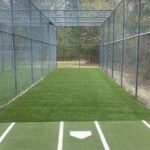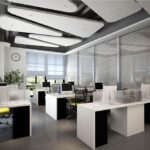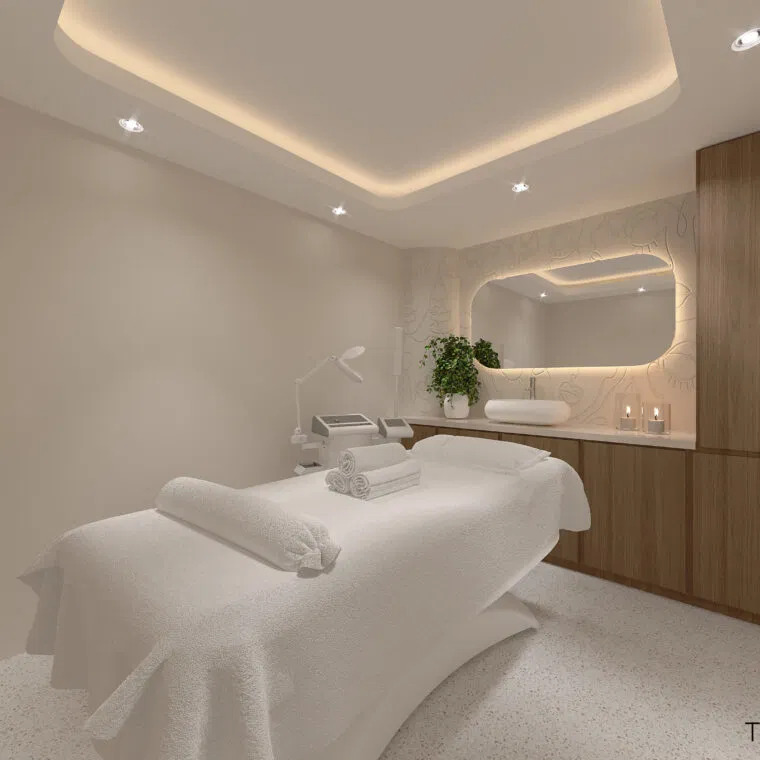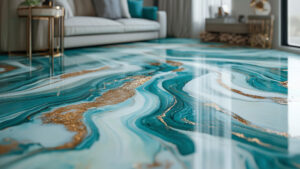A significant shift is taking place in the field of clinic interior design in Dubai. Gone are the days when healthcare spaces were cold, clinical, and sterile. Today, Dubai’s leading medical facilities are embracing healing-centric designs—an approach that prioritizes the physical, emotional, and psychological well-being of patients. These spaces are thoughtfully crafted to promote relaxation, trust, and a sense of comfort, enhancing not just aesthetics but the overall healthcare experience.
Understanding Healing-Centric Design
Healing-centric design is a philosophy that aligns architectural and interior elements to support recovery and well-being. It integrates biophilic design, natural materials, strategic lighting, and acoustics to reduce patient stress and improve clinical outcomes.
Key Objectives of Healing-Centric Spaces
-
Create calm and welcoming environments
-
Reduce patient anxiety and stress
-
Enhance staff well-being and efficiency
-
Foster a sense of safety and empathy
In Dubai, where patient expectations are high and medical tourism is booming, this approach is not just a luxury—it’s a necessity.
Why Clinics in Dubai Are Shifting Their Focus
Dubai’s rapid urbanization and growing healthcare industry have fueled demand for spaces that go beyond function. Patients now seek a holistic experience where healing begins the moment they enter the clinic.
Patient-Centered Care as a Priority
-
Modern patients are more informed and expect comfort along with treatment.
-
Emotional wellness is increasingly recognized as integral to physical recovery.
-
Cultural sensitivity requires environments that cater to diverse values and comfort levels.
These evolving expectations have made healing-centric designs the new benchmark for clinic interiors in Dubai.
Core Elements of Healing-Centric Clinic Interiors
Creating a healing-centric clinic involves a deliberate selection of design elements that work in harmony to support human wellness.
Biophilic Design and Nature Integration
Nature has a calming effect, and its integration in clinic interiors can significantly impact emotional health.
-
Indoor greenery and planters introduce life and color.
-
Natural textures like wood and stone evoke warmth.
-
Nature-inspired artwork and imagery promote peace.
Even small elements of biophilia can have a measurable effect on patient recovery and satisfaction.
Natural Lighting and Views
Daylight is one of the most powerful tools in healing-centric design:
-
Large windows and skylights bring in natural light.
-
Sunlight exposure supports circadian rhythms.
-
View corridors to greenery or water features enhance the sense of space and relaxation.
Proper lighting isn’t just about visibility; it’s a mood-setter and a health enhancer.
Calming Color Palettes
Colors influence emotions and mental states:
-
Soft blues and greens evoke tranquility.
-
Earth tones ground the space and reduce stress.
-
Monochromatic schemes simplify visual noise.
The use of color is deliberate and consistent in environments that are focused on healing.
Acoustics and Sound Design
Noise control is often overlooked but critical to a serene atmosphere:
-
Sound-absorbing materials in ceilings, walls, and floors minimize disturbances.
-
White noise machines or soft ambient music improve privacy and calm.
-
Zoning separates loud and quiet areas for focused experiences.
Reducing auditory distractions contributes to mental clarity and comfort.
Spatial Planning for Emotional Flow
Layout is just as important as design elements in creating a healing-focused environment.
Zoning for Privacy and Comfort
-
Separate entrances and exits ease stress and traffic.
-
Private consultation and treatment rooms protect patient dignity.
-
Open and welcoming reception areas foster immediate trust.
Carefully planned spaces enhance emotional flow and comfort.
Clear Wayfinding
Anxiety often stems from uncertainty. Easy navigation reduces this stress:
-
Visible signage with universal symbols aids clarity.
-
Consistent materials and finishes guide movement intuitively.
-
Lighting cues direct patients along corridors and between zones.
A well-organized space creates a seamless patient journey.
Staff-Centric Design Considerations
Healing-centric environments benefit not only patients but also healthcare providers.
Supporting Staff Wellness
-
Breakout zones offer mental and physical respite.
-
Ergonomic furniture prevents fatigue and injuries.
-
Ample daylight and ventilation enhance focus and morale.
Happy, healthy staff lead to better patient care and more efficient operations.
Cultural Sensitivity in Dubai’s Clinic Interiors
Dubai’s diverse population requires designs that are inclusive and culturally appropriate.
Respect for Traditions
-
Gender-sensitive layouts ensure privacy where required.
-
Prayer spaces or meditation rooms support spiritual wellness.
-
Modesty in design reflects local customs and values.
Healing-centric design must align with both physical and cultural healing needs.
The Business Case for Healing-Centric Design
Beyond patient outcomes, there are tangible returns on investment:
-
Improved patient retention due to enhanced satisfaction
-
Positive reviews and referrals foster trust in competitive markets
-
Improved staff support and space planning for operational efficiency
Healing-centric design is both ethically and financially sound.
Conclusion: Designing with Empathy and Purpose
Clinic interior design in Dubai is undergoing a purposeful evolution. Healing-centric design is no longer a trend; it is a philosophy that merges science, aesthetics, and compassion. As Dubai cements its position as a global medical destination, the focus is shifting to spaces that heal, inspire, and uplift. Clinics that embrace this approach will not only serve their patients better but also stand out in an increasingly discerning marketplace.
- Healing-Centric Clinic Interior Design in Dubai | Modern Patient-First Spaces
- Discover how healing-centric clinic interior design in Dubai transforms patient care with calming, patient-first environments.
- clinic interior design in dubai
Related posts:
 The Complete Guide to Selecting the Best Italian Marble to Install in Your Home or Office
The Complete Guide to Selecting the Best Italian Marble to Install in Your Home or Office
 How to Choose the Perfect Soft Mattress Topper That Suits Your Comfort
How to Choose the Perfect Soft Mattress Topper That Suits Your Comfort
 The Hidden Power of Two Face Tape in Next-Gen Packaging Solutions
The Hidden Power of Two Face Tape in Next-Gen Packaging Solutions
 Confidential & Convenient: Get an STD Test at Home with Doctor on Call in Dubai
Confidential & Convenient: Get an STD Test at Home with Doctor on Call in Dubai
 Why Ricksmainroofing Is the Go-To Choice for Expert Roofing Services in New Canaan
Why Ricksmainroofing Is the Go-To Choice for Expert Roofing Services in New Canaan
 Why Artificial Turf Is Ideal for Beautiful, Low-Maintenance Galloway Lawns
Why Artificial Turf Is Ideal for Beautiful, Low-Maintenance Galloway Lawns
 Struggling with Flat Pillows? Discover the Lasting Fluff of Down Feather Options
Struggling with Flat Pillows? Discover the Lasting Fluff of Down Feather Options
 Modern Architecture Services in Lahore: Hiline’s Design Impact
Modern Architecture Services in Lahore: Hiline’s Design Impact







